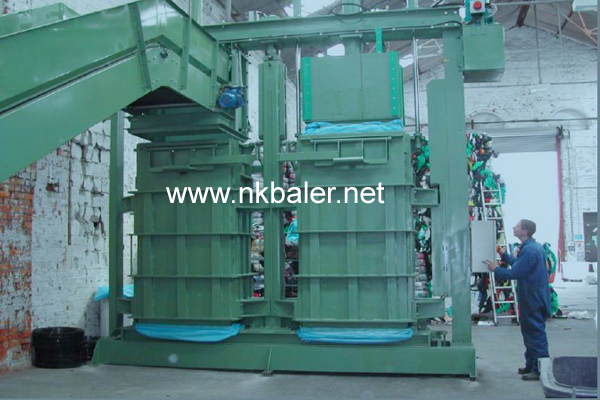Balers, those unassuming machines often found in waste management facilities and recycling centers, play a crucial role in the efficient disposal and recycling of materials. But what exactly are balers used for?
At their core, balers are designed to compact and compress loose material into tight bales or bundles. These can range from
paper and cardboard to plastic and metal scraps. By doing so, they significantly reduce the volume of waste, making it easier and more cost-effective to transport, store, and ultimately recycle.
But the benefits of balers don't stop there. They also help to improve the overall cleanliness of a facility by keeping loose materials off the ground and contained. This not only reduces the risk of accidents but also makes it easier to maintain a clean and safe working environment.
Furthermore, balers can be customized to handle specific types of materials, further increasing their versatility and efficiency. Some models even come equipped with features like automatic feeding systems and adjustable bale sizes, streamlining the balering process even further.

In short,
balers are an essential tool in the world of waste management and recycling. Their ability to efficiently compact and contain loose materials not only saves space and money but also helps to create a safer and cleaner working environment.


